In the last chapter of our guide to building your online musical presence, we covered some simple things to consider and do as you update your website, social media, and email list. In this chapter, we’re going to cover a strategy behind those updates. The idea for some strategy is the same as the theme for this entire guide: if we want to do sustained creative work, we have to put up some boundaries and structures in order to repeat success. Strategy is that structure, the boundaries that help you repeat success.
If you’ve missed the rest of the guide, find it here:
That strategy is pretty simple but it requires that you sit down and actually draw out some plans for yourself or your band. If you’re doing this for a band, I think it’s a good idea to sit down with them and a pen and paper to figure this out. If it’s just for you, you’ll still need the pen and paper but you might want to run your thoughts by a friend to see if your goals and measurements are reasonable. You might need some accountability is what I’m saying.
A few questions to get you started
What is your goal?
This is a question you’ll want to answer with every “campaign” you run. For example, if you have a big show coming up and you’re tweeting about it, the answer to this question might be: “get people to the show.” If you’re sending an email to announce your new album, your goal is different: “get people to pre-order.”
What do you want a fan to do after reading your update?
Once you’ve defined a goal, you’ll have a clearer idea of what you want people to do when they read a post or email from you.
For example, if your goal with a tweet is “get people to a show,” you might want them to retweet the message. Figuring out that goal and how you want someone to react makes it really easy to make your message:
We’re playing Saturday night at 8pm at the Tiki Bar! Spread the word!
If your goal for an email is to get people to pre-order your album, then your email should have a single call-to-action (probably a button) for them to pre-order.
In other words, if your goal is “pre-order the album,” then don’t clutter up your email announcement with links to all your other goings-on. Keep it focused. Drive your fans to do one thing.
Exception:
Now, that said, your goal for a normal, non-event related email might be: “get people to click on any link in this email.” In those types of emails, you should provide links to your show listings on the website, your albums, your social media. That’s okay.
How can you measure this?
Once you’ve got that focus for your updates, you should do some basic measurements on how successful they are so you can figure out which efforts to repeat and which to discard. If you want some reassurances on how this doesn’t have to be a pain in the ass, I wrote some here.
If you’re using Buffer, as I suggested in Part 7, you can look at your Analytics for the past 30 days. That will show which of your social media posts got the most interactions and what times and days they appeared. Use that information. Make some quick notes. And then repeat that next month. Maybe your show postings worked best when they appeared on Facebook in the afternoon and best on Twitter in the morning.
In Part 6 on running your email list, I covered evaluating those results. With email, you really need to determine what day and time gets you the most opens. Then you’ll have to experiment with what you write in those emails to see what gets you the most clicks.
I have a friend who sells t-shirts, hats, patches. Through tests like this, he realized that if he ran flash sales between 2pm and 4pm in the afternoon and announced them on Facebook, he could make the most profit with the least effort.
That’s what you want: to figure out the shortest path to the greatest reaction.
It’s not easy in the sense that it happens quickly. It took me months of measuring email interactions to promote my book good.simple.open to figure out the day, time, and what kind of content was the most successful.
But this is easy in the sense that it’s not complicated work. You’re making updates through social media all the time. All I’m suggesting is that you apply a little strategy to what you’re already doing to make your efforts more successful.
Putting this together for everything
As you can guess, it’s different for every platform and type of content. What performs well on Facebook isn’t appropriate for Twitter and what works on Instagram isn’t great in an email.
This is further complicated by the fact that we’re addicted to instant gratification and we’re seduced by stories of viral success. This can make it tempting to repeat the kind of posts that get shared even if they don’t really do what we want.
But even if you receive neither gratification nor viral success for a while, you’re going to have to keep promoting yourself as long as you want people to come to your shows or buy your records. So you might as well do this.
Draw a little chart that shows where you’ll share stuff, when, and what you’re sharing. Like this:
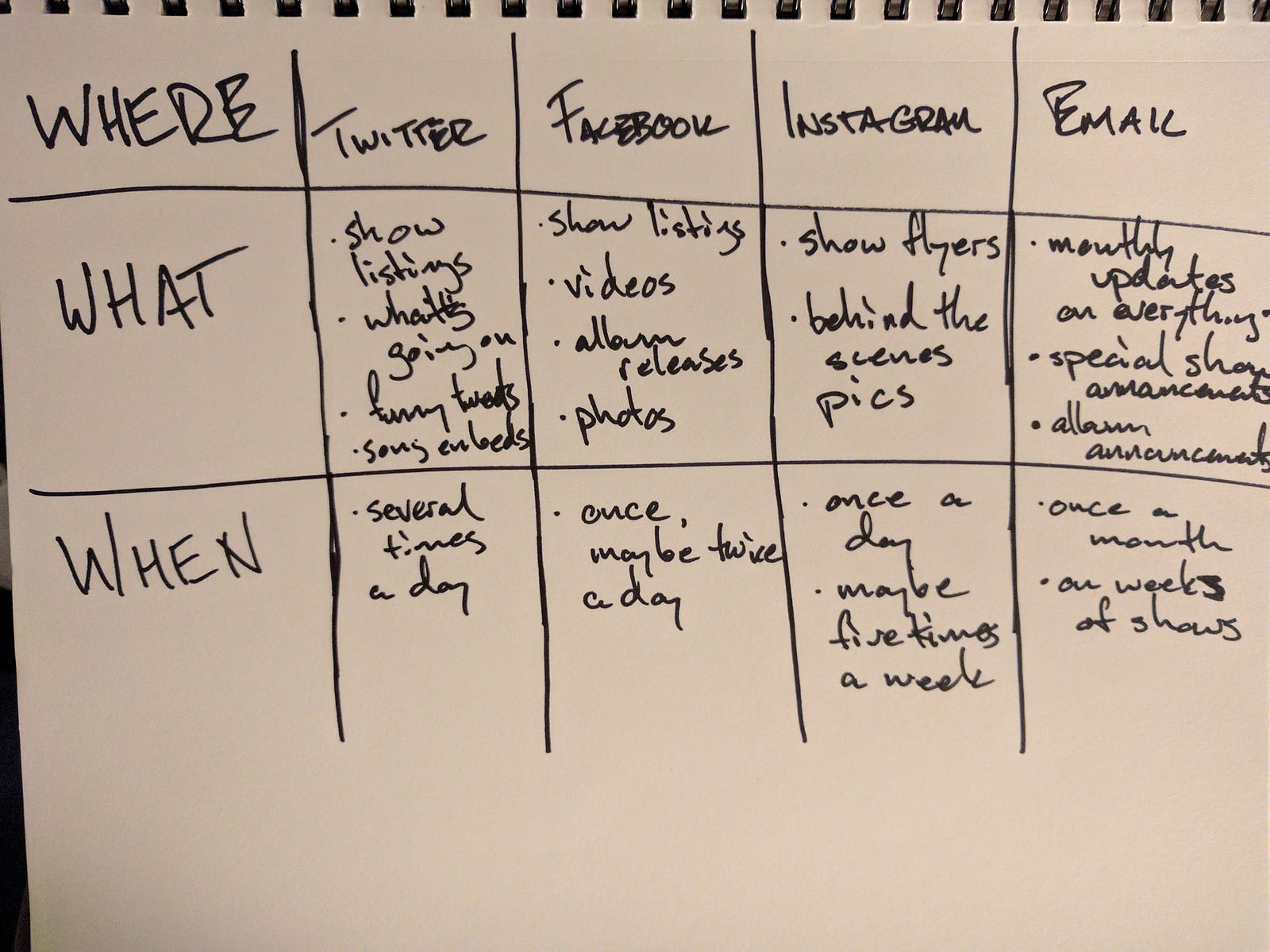
What you’re going to do with it
Once you’ve got that, you can create your schedule in Buffer and MailChimp. Try it out for a month. Then do the chart thing again and figure out what’s working. And adjust.
But here’s the big problem that screws up everything:
You can’t plan success
Don’t stress yourself out thinking that you’ll find some secret key out there that just works. As someone once told me, “there is no magic hashtag.” Like the advice I give about looking at your numbers for the year, don’t sweat all this stuff too much. This is just a strategy if you want to apply some order to the chaos which characterizes most musicians’ web updates. Hey, maybe the chaos works for you. Maybe the strategy stresses you out too much. If so, abandon it.
The thing that’s most important to your online music presence is your music. Don’t spend energy posting or strategizing about your music that you could spend making music.
Play music. That’s your purpose. The rest of this is filler.




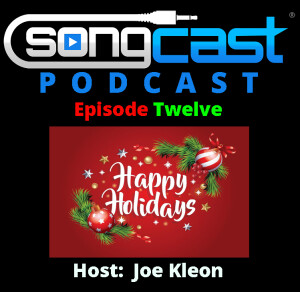


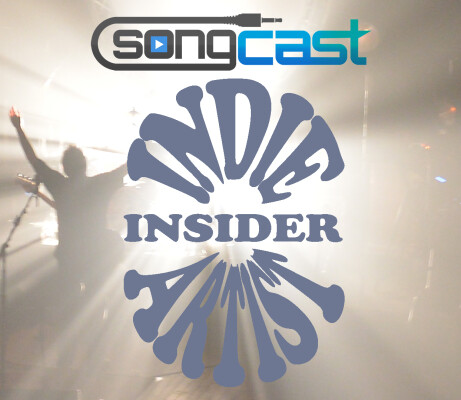
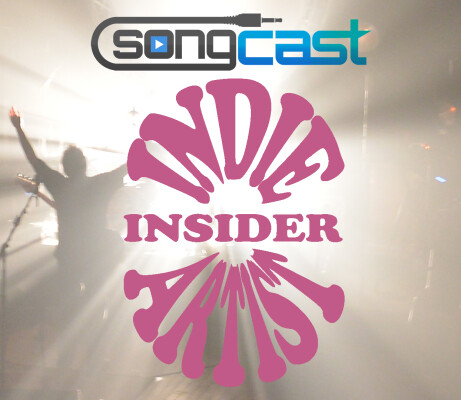
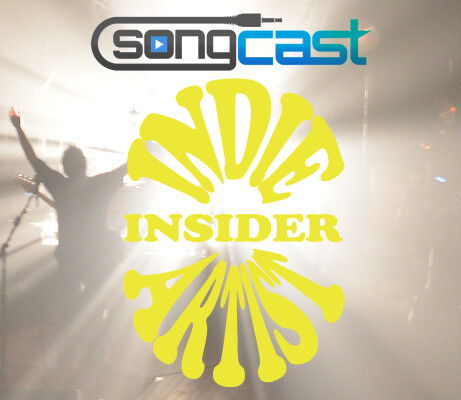
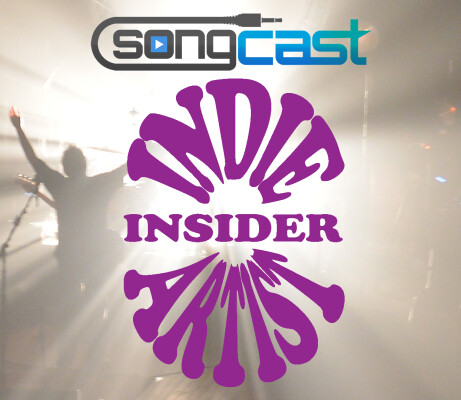
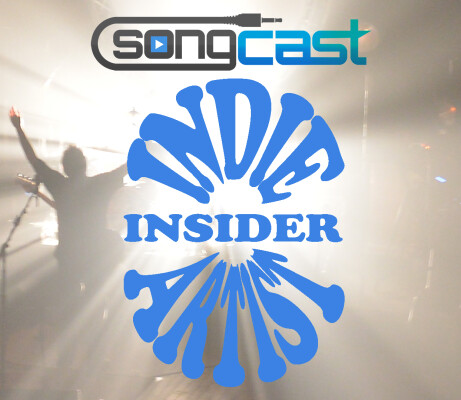
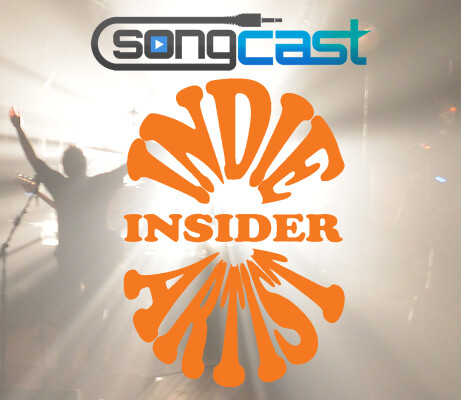


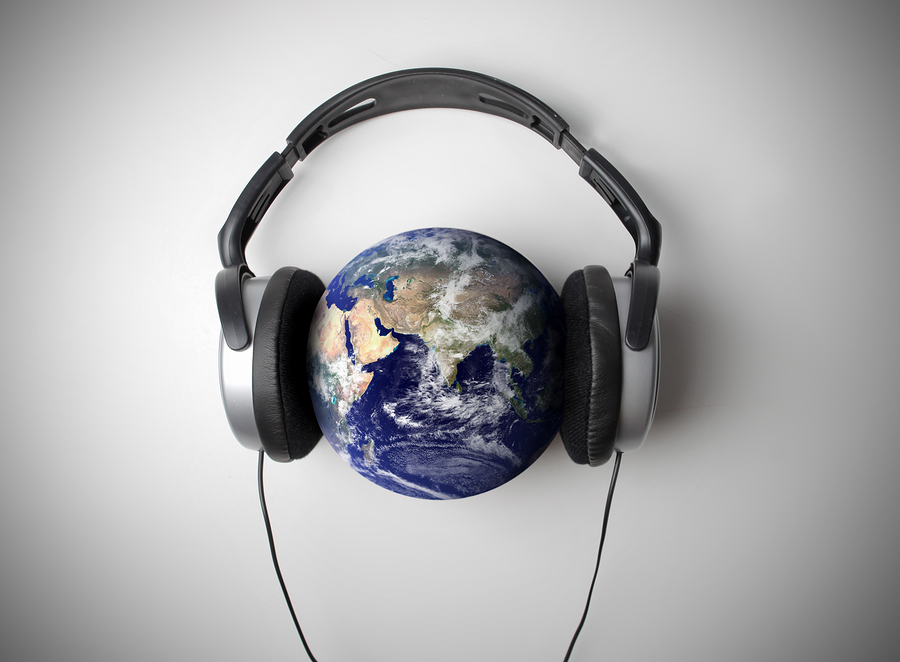
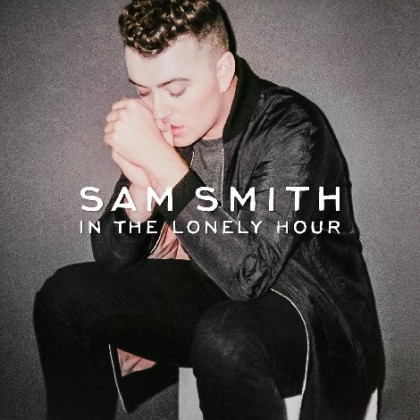
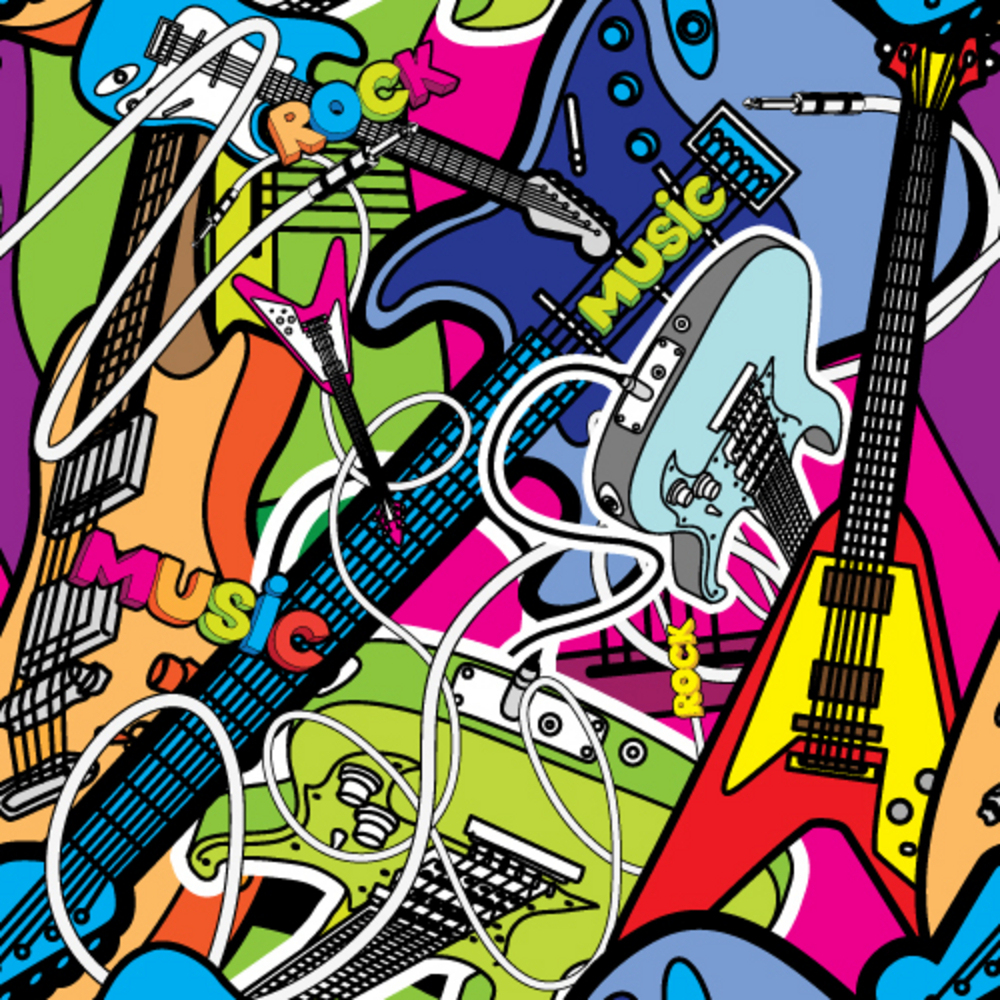


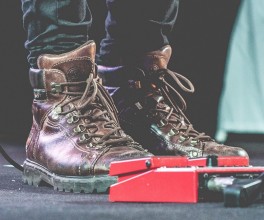

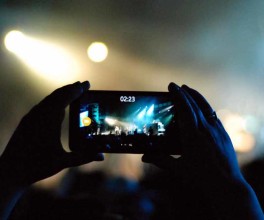
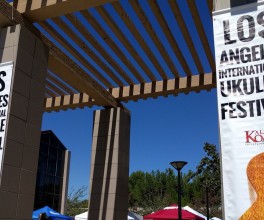
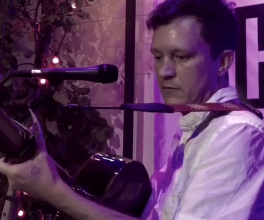
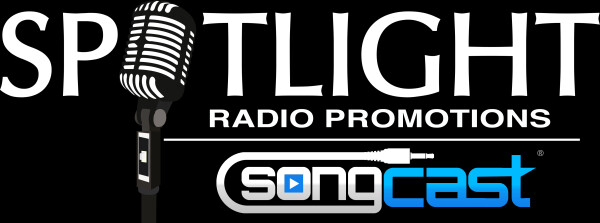
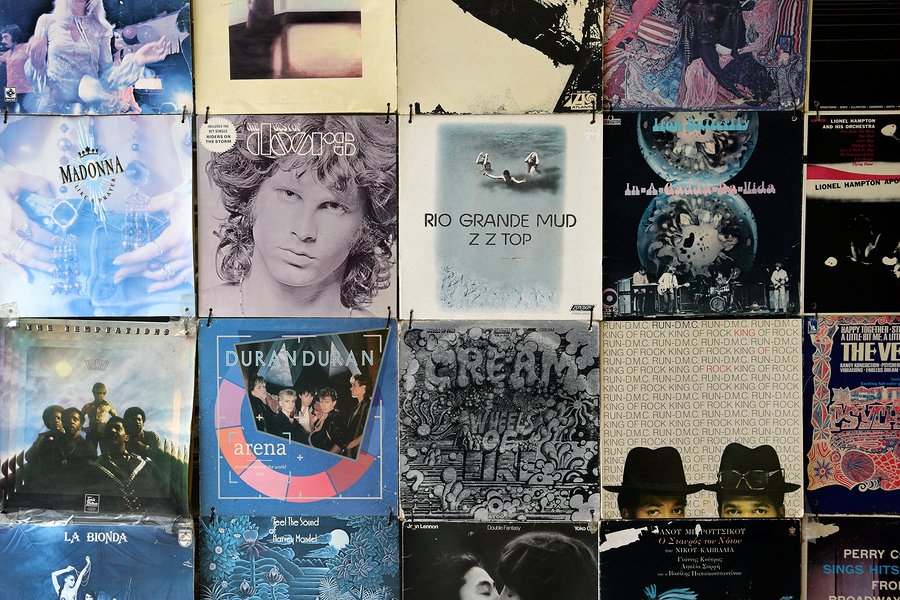




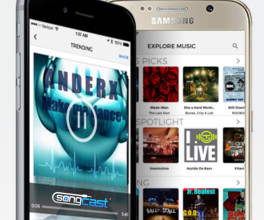



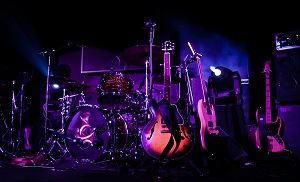

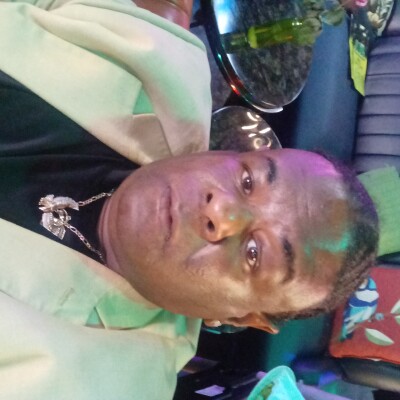

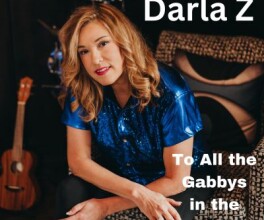

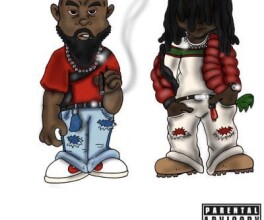

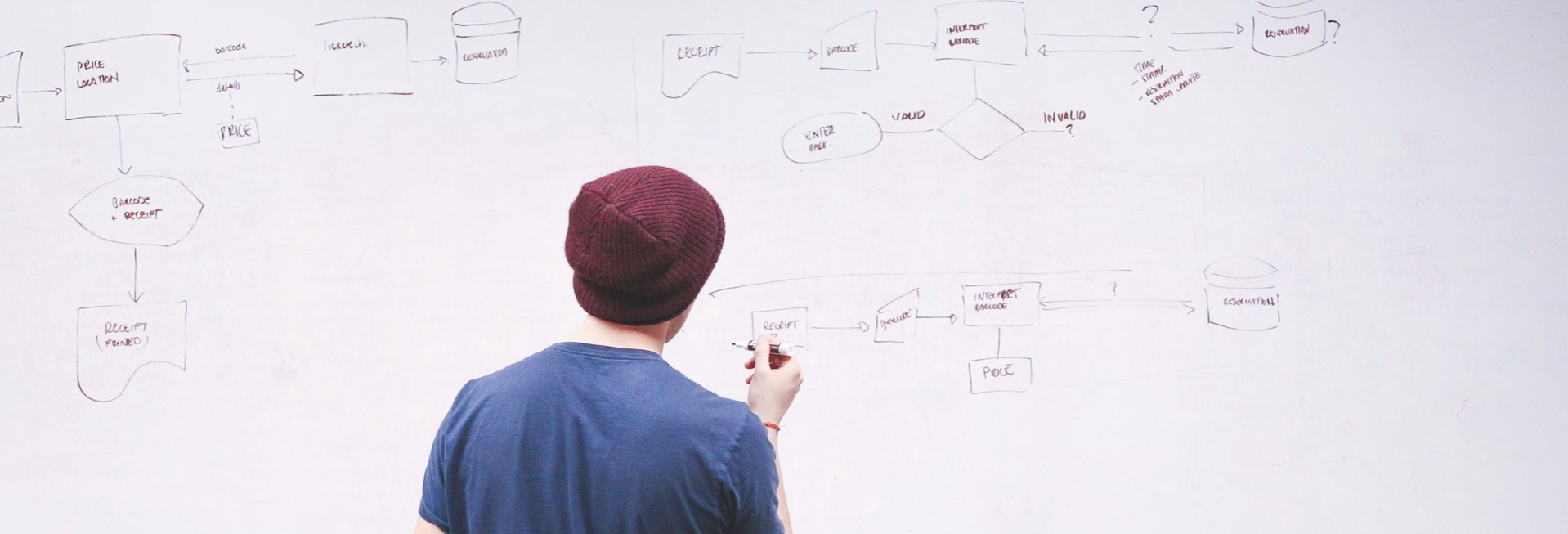
Comments
No comment